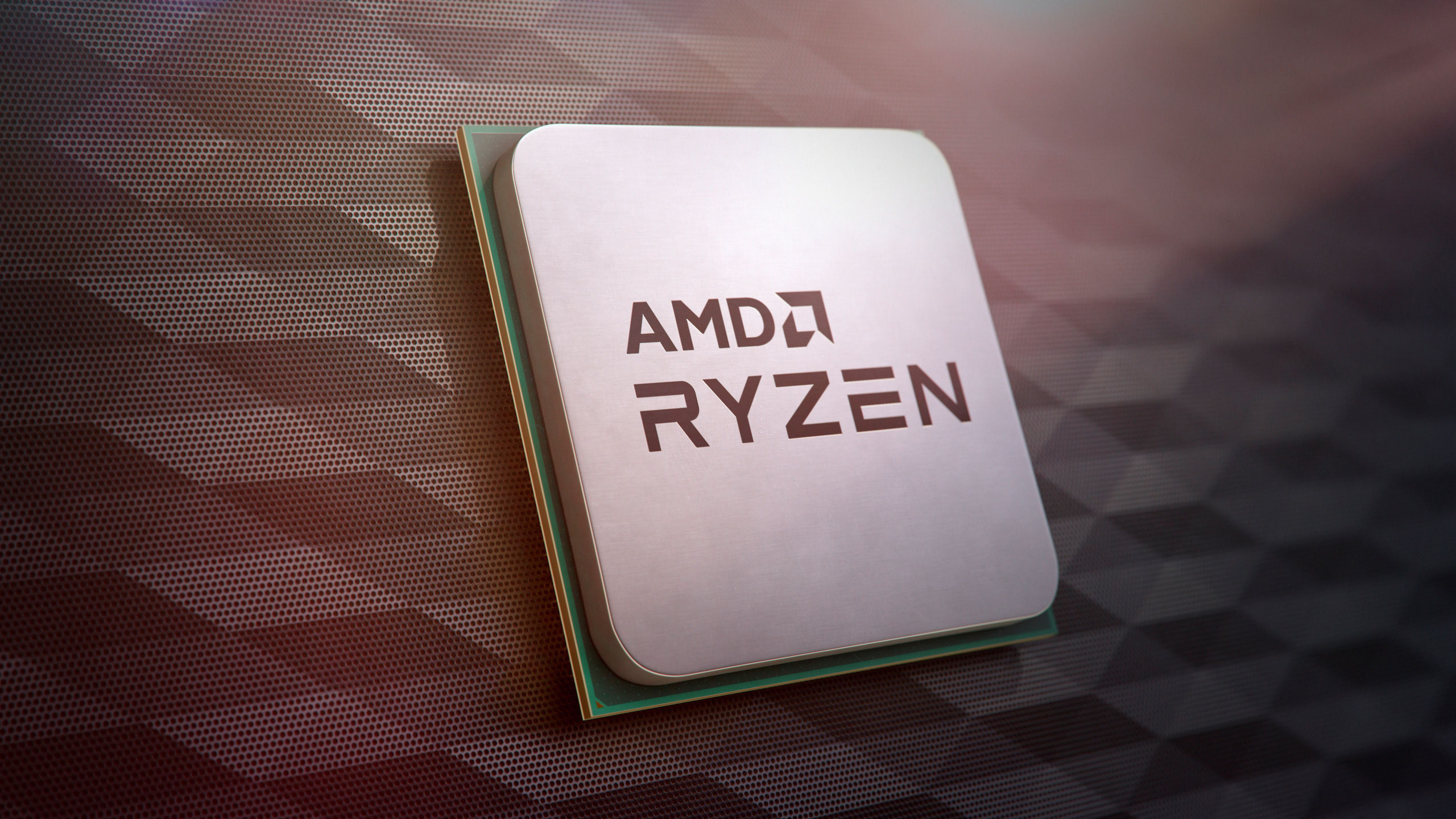AMD's Next-Gen Zen 3 Desktop CPUs Spotted With 4.9 GHz Boost Clock
It's been quite some time since AMD released a CPU that can hit a 5 GHz clock speed. But that may change soon. A new report claims that Zen 3 (codename Vermeer) could bring another 5-GHz AMD desktop CPU to the market.
Igor's Lab today reported the discovery of two new ordering part numbers (OPNs): 100-000000065-04_ 46/36 _Y and 100-000000061-06_ 49/37 _Y. They are reportedly for for models with 16 CPU cores and should be the descendant of the Ryzen 9 3950X. The highest clocked engineering sample seemingly has a 3.7 GHz base clock and 4.9 GHz boost clock. For reference, the Ryzen 9 3950X sports a 3.5 GHz base clock and 4.7 GHz boost clock. If Igor's Lab's report is correct, we're looking at 5.7% and 4.3% improvements on the base and boost clocks, respectively.
We still don't know how AMD will market its forthcoming Zen 3 offerings. The chipmaker currently use the Ryzen 3000-series (Matisse) for its mainstream chips and the Ryzen 4000-series (Renoir) for APUs. Of course, this all lends confusion for the uninitiated. If AMD decides to unify both naming schemes, then the Ryzen 9 3950X's successor should be the Ryzen 9 4950X. But if AMD looks to avoid confusion with its APU lineup, a Ryzen 9 5950X is also possible.
Regardless of the nomenclature, Zen 3 will leverage TSMC's 7nm FinFET manufacturing process. Although the processors are on a new microarchitecture, they slide into the existing AM4 CPU socket, so don't throw away your motherboard just yet. AMD has publicly confirmed that Zen 3-based processors will work seamlessly on B450, X470, B550 and X570 motherboards; although, certain compromises are made on the older 400-series motherboards.
Rick Bergman, Executive Vice president of Computing and Graphics at AMD, stated a little over two weeks ago that Zen 3 is marching on schedule for a 2020 release. It seems the chipmaker is preparing something big for the consumer market, and we expect Zen 3 to make an even bigger splash than Zen 2.
Get Tom's Hardware's best news and in-depth reviews, straight to your inbox.

Zhiye Liu is a news editor, memory reviewer, and SSD tester at Tom’s Hardware. Although he loves everything that’s hardware, he has a soft spot for CPUs, GPUs, and RAM.
